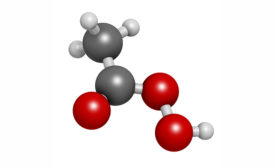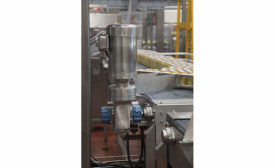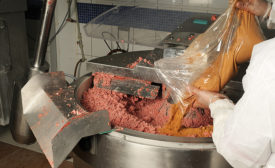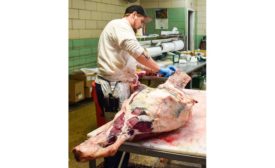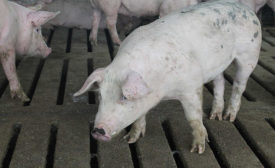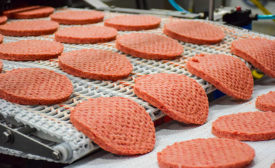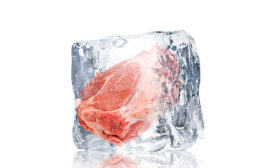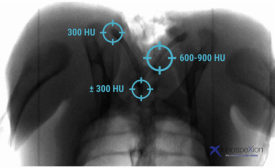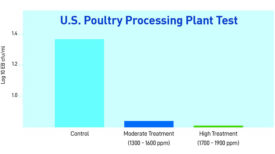Meat and Poultry Processing
2020 Food Safety Report | Supplier's Perspective | Equipment
Energy-efficient wash-down motors make dramatic impact
Read More2020 Food Safety Report | Supplier's Perspective | Standards
Are you ready for new FSIS performance standards?
Read MoreMeat & Poultry: The right tech (to) blend
Product quality and consistency depends on the proper selection and use of equipment that adds uniformity to meat and poultry products.
Read More
Livestock production on point in 2020
Barring any unforeseen circumstances, meat and poultry production and prices should be steady.
Read More
Processing Tech
Freezing, chilling become hot topics in meat and poultry processing
Processors that leverage advanced freezing and chilling systems are in position to boost the appeal of meat and poultry, but costs remain a concern.
Read More
Tech | Supplier's Perspective
Electrostatic technology advances as antimicrobial intervention
Read MoreStay ahead of the curve. Unlock a dose of cutting-edge insights.
Receive our premium content directly to your inbox.
SIGN-UP TODAYCopyright ©2024. All Rights Reserved BNP Media.
Design, CMS, Hosting & Web Development :: ePublishing
